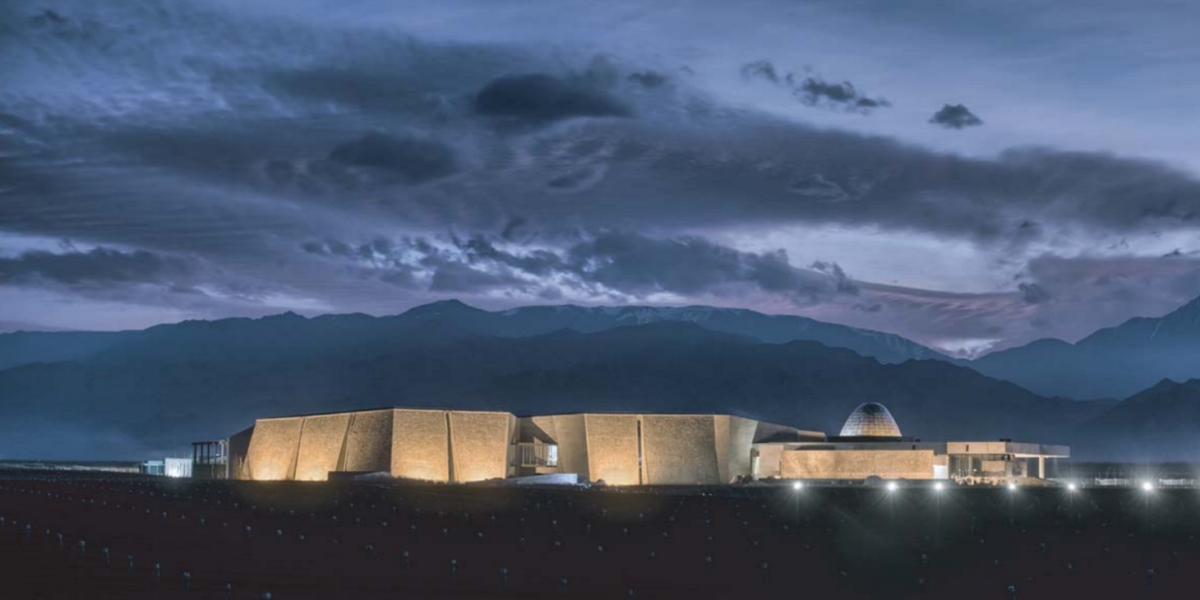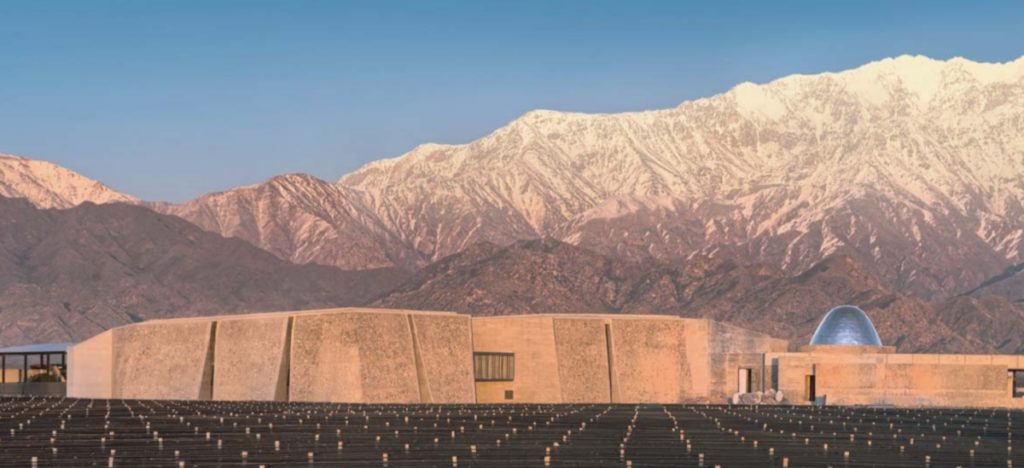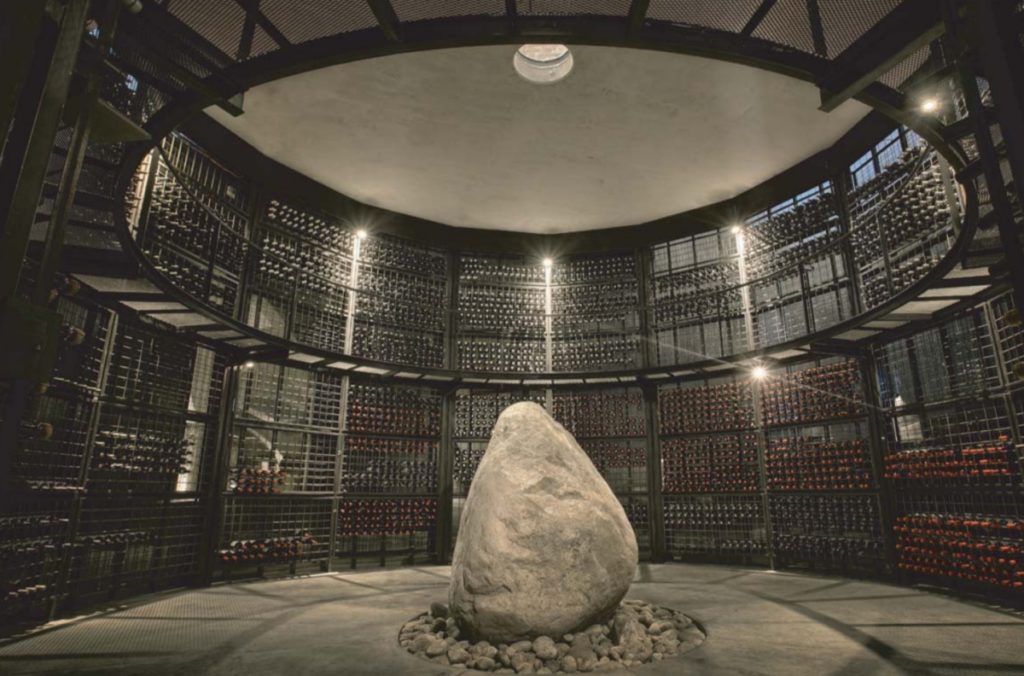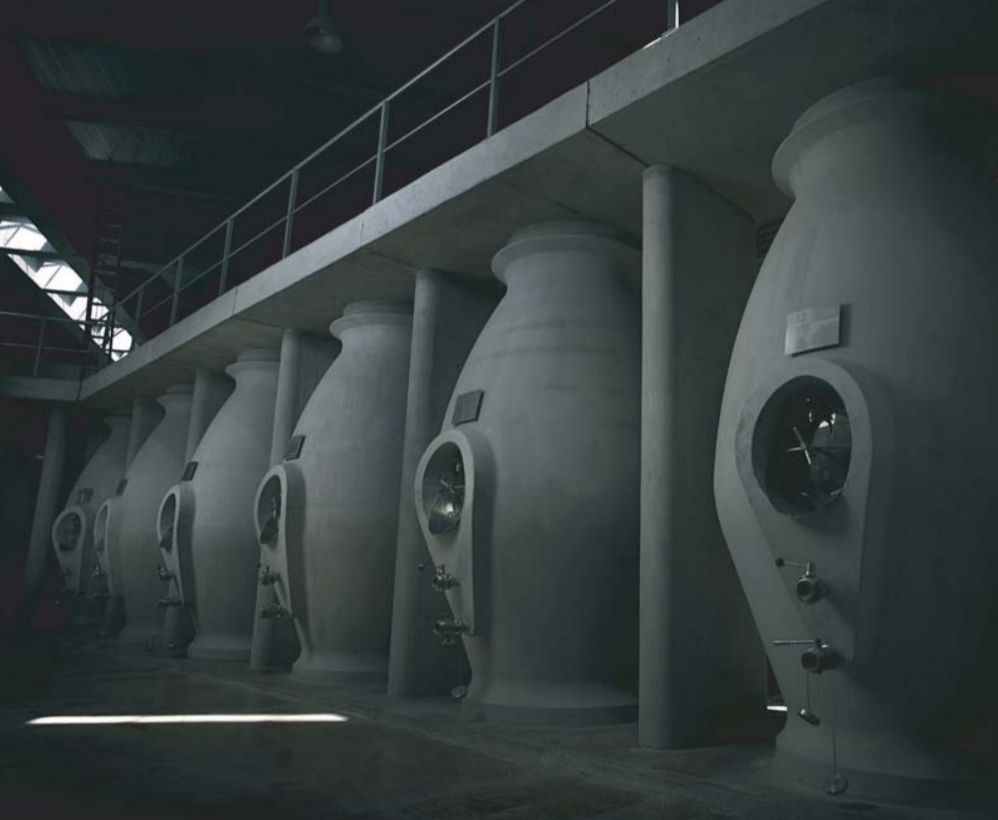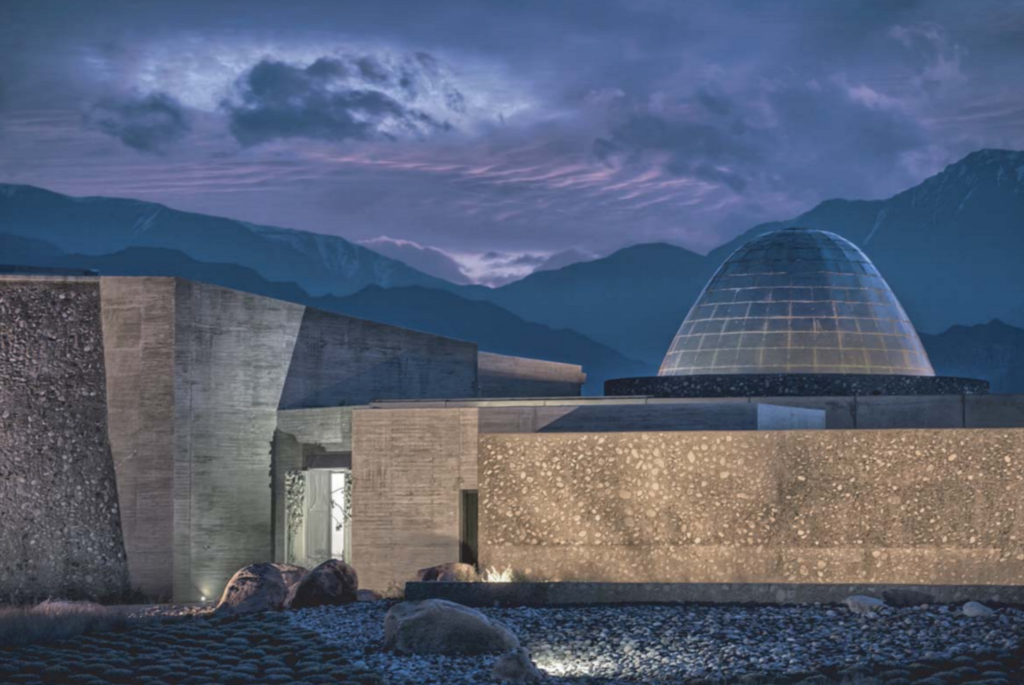There are wineries that look great, and others that function well. Sadly it feels like somewhat of a rarity when they achieve both. But Zuccardi winery, the Great Wine Capitals’ global architecture winner last year, is a rare gem that really does achieve both, and will please the most exacting oenophile as well as the most passionate architect.
I wrote this article for Great Wine Capitals’ wine blog, however as it is about a new winery in Mendoza – I thought readers of the Squeeze might enjoy reading it too. Please check out the original version on GWC website too, where you will find other blogs on last year’s winners from around the globe.
Zuccardi & the Piedra Infinita winery
The new Zuccardi Piedra Infinita winery in the Uco Valley was born out of desire, rather than necessity. The Zuccardi family have a large, functional and busy winery to the east of Mendoza, in Maipu. With each new generation of the family, the winery has expanded and the horizons lifted. It homes the winemaking facilities for several wine labels (including their popular day-to-day wine label, Santa Julia), two restaurants, an olive farm, and an art gallery. And there is room to expand.
However when Sebastián Zuccardi (the third generation) started taking over the winemaking for their eponymous premium label, Zuccardi, he started making more and more wines from the Uco Valley, some 140km away.
The distance wouldn’t necessarily drive someone to build a new winery, but their Uco Valley winery is more than just a building of convenience. It reflects the family’s new identity in, and commitment to, the growing wine region of Uco Valley.
Nestled in the heart of Altamira, the winery is set amongst the family vineyards where large boulders and rounded stones interrupt rows of flourishing vines. The ethos behind the winery is to source whatever they could locally, and large walls are built from large stones unearthed from an ancient river bed in the vineyard.
The tall stone and concrete walls sit in a jagged position reflecting the imperfect, yet solid, shape and strength of the Andes mountains just behind them. A metal dome crowning the building acts as a mirror to the sky, bringing the different colours of each hour of the day down into a hazy glow at eye level.
From the inside, tall, slanted ceilings and walls inspire a feeling of grandeur. The panoramic window views from the restaurant effortlessly transition you from the modern decor inside out to the wild landscape of the valley.
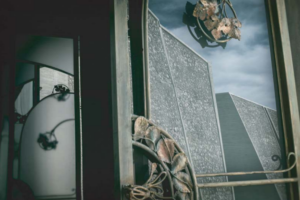
The artists are all local, of course, and the final show piece is arguably the most native of all – an enormous stone which sits proud in the centre of the cellar. Unearthed during the construction of the winery and returned to its subterranean home.
The beauty behind the Piedra Infinita, meaning ‘infinite stone’, winery is apparent just as much from the outside as the inside. However the essence of Piedra Infinita is in the fermentation room. This winery was designed by the family of winemakers first and foremost.
The construction started in the winemaking area, with more than 200 concrete amphorae built into the floor. For several years Sebastián and his team made wines in these concrete vats while the rest of the winery was being built around them. Winemaking is the pillar of the construction, it is at the very core of Piedra Infinita.
Of course, winemaking doesn’t need any grand architecture but it does need cool, dark spaces – especially against the heat of Mendoza’s sun. Natural light filters through slitted windows giving enough luminosity for the winemakers to work, but not enough to disturb the process. And the thick, concrete walls are harder to penetrate than the tombs of Tutankhamun.
Concrete isn’t just part of the construction, it is part of Zuccardi’s winemaking philosophy. The winemaking in Zuccardi, and also in many other wineries of Mendoza, has moved increasingly back to concrete.
Over a hundred years ago Argentina’s winemaking was all done in large, square concrete pools. It was the material that was available from the land, and suited the hot climate. A few decades ago stainless steel and modern barrels moved in, and since then have been imported from all over the globe.
However Zuccardi, like many producers in Mendoza, has come full circle. Making wines in concrete vats, amphorae-shaped in Zuccardi’s case, in order to allow the fruit and place to fully express itself without any overbearing foreign influences.
This ethos is integral to the identity of Zuccardi’s wines, and indeed of its new winery. Understated and grounded.
“We want the wines to be an expression of place, that express then vineyard. Wines without makeup. This is what we looked for in our winery, a balance with the landscape and a minimum impact on the environment.”
– Sebastián Zuccardi
